Last Updated on July 30, 2021
Sometimes reboot is better. At least, that seems to be a possibility coming out of the Montreal set of Pet Sematary, which I visited last summer. While the original 1989 film is a creepy classic, the upcoming adaptation appears to dwell in the deeper, darker corners of Stephen King’s 1983 horror novel – and with an original take, and twist. With a second trailer now available, and a premiere set next month at SXSW, the new film directed by Kevin Kölsch and Dennis Widmyer (Starry Eyes) — and starring Jason Clarke, Amy Seimetz, and John Lithgow — is the latest entry in the King renaissance in Hollywood.
With a screenplay Jeff Buhler, the story follows Dr. Louis Creed who relocates with his wife, two kids, and cat Church from the city to the sticks of Maine. Louis befriends his new neighbor Jud Crandall, and when tragedy strikes, the elderly man informs him of an ancient burial ground beyond the titular cemetery. And what goes in that cursed earth doesn’t stay buried for long. Instead, it returns as a dark, malevolent shadow of its self.
“What if you knew there was a place up on the hill where you knew you could bring things back to life?” asks Clarke, who said he liked the dark psychological journey of playing Louis. Calling it one of the great King novels, which he has read eight times. The actor said the story was ripe for the picking because, unlike The Shining, the previous film was less “definitive.”
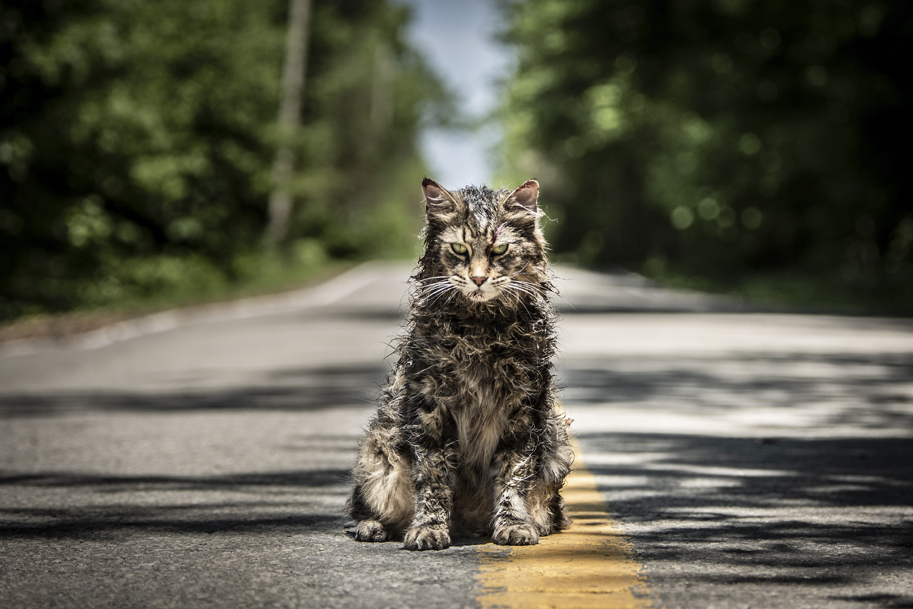
“They’ve always been meaning to remake this, and could never really crack the nut; IT came along, and blew the doors wide open,” said director Widmyer, who agrees the novel is a seminal King work, and one of the author’s top five. He added the previous film (with a screenplay by King) is economical, and “pretty faithful” to the book – and that the author was likely not rigid with the ’89 adaptation because he could get away from his own novel a little. But he said he and Kölsch said their mission was to return to the source material. Amongst the author’s darkest novels, Widmyer calls this film a large-scale horror movie that’s really about the “psychology of how people don’t like to deal with grief,” and do whatever they can to “push it aside.”
“This movie is a look at what happens when you don't deal with grief; if you can undo, or try to undo, death, what really happens?”
Calling it a, R-rated psychological horror, producer Lorenzo di Bonaventura (who also produced the King adaptation 1408) said a fundamental question of the story is, “How far would you go to see your child again?”
“As our society evolves, we become more insulated from death,” he added. "It is something held behind curtains, and this book really deals with the questions from many different point of views, and relationships to death.”
Seimetz’s Rachel is something of an audience surrogate. She has an unhealthy coping mechanism with death. She encountered death as a child, and now closes off when the subject matter arises, an attitude that extends to her parenting. “For kids, it’s a complex topic to understand,” she said. “There's the finite nature of life, and that it ends at a certain point is very scary.”
“Rachel wants to protect her daughter in such a way that she doesn't have to experience what she went through, and having to face death so early; She wants her to be able to be a kid for a little longer, and not have to think about that we're all going to die one day.”
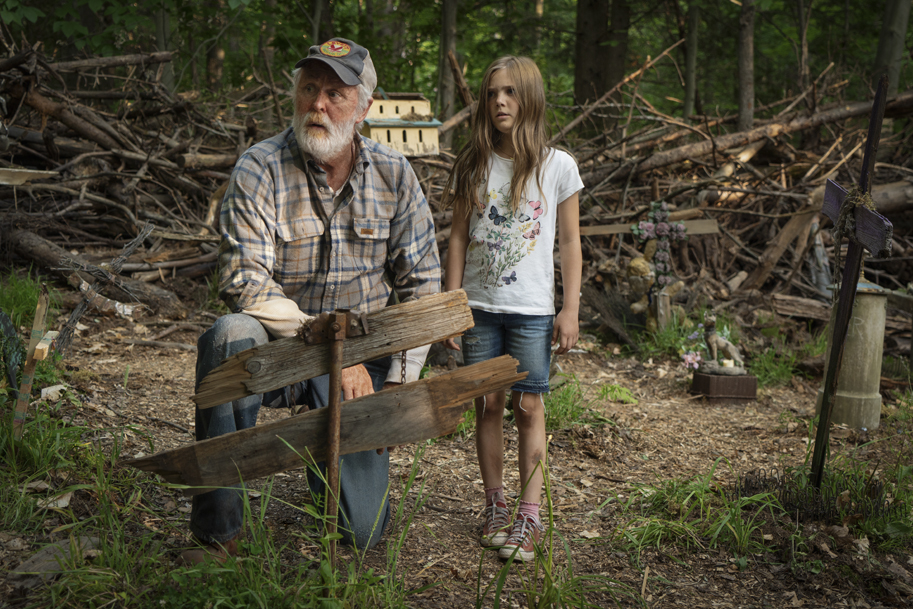
While these are themes present in King’s work, Kölsch emphasized the filmmakers have given themselves freedom to stray from the novel, saying “This is Pet Sematary today." Little changes were necessary, such as Lithgow’s character Jud rolling cigarettes instead of smoking Chesterfields, or drinking Carling’s Black Label (because the former is no longer made, and the latter is not distributed in the U.S. anymore). But there are bigger changes teased in the new trailer.
In the original movie the Creed family cat is run down on the busy highway outside their home. After burying the feline in the cursed grounds beyond the Pet Sematary, a similar fate befalls the young Gage Creed (thanks to a speeding ORINCO truck). Now, it appears Ellie (Jeté Laurence), not Gage, is the Creed child in the path of the truck.
On the set visit in July 2018, myself and a group of journalist colleagues, witnessed the Creed family arriving at their new home. They are ready for a new chapter in life. The relationship between Louis and Ellie is emphasized, with the father giving his daughter the keys to the home, and describing the surrounding forest as the “new domain of Elli-phant, the great and terrible.” The peaceful setting is interrupted by, yes, an ORINCO truck, speeding by on the road just beyond the driveway. The incident startles Rachel Creed (Seimetz) and her young son. And a sense of foreboding sets in.
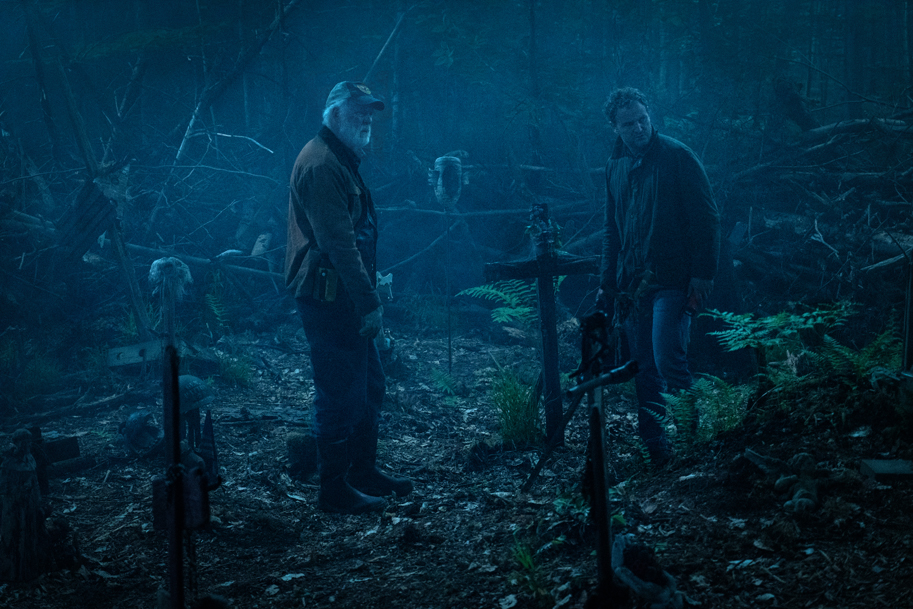
While not admitting Ellie is the Creed child who dies this time, Widmyer did call Laurence a “modern marvel,” and that the daughter in the book is the one asking questions about death. “So we needed a girl that really had a lot of depth to her.” The trailer also hints at flashback in the book being brought into the main narrative. The most notable is the appearance of Rachel’s sister Zelda, an iconic horror moment in the original film. Said Kölsch, “Much of the horror scenes in the original movie and book, come from flashbacks, stories, you know like Jud telling a story on the porch about Timmy Baterman; Rachel having flashbacks about Zelda; Victor Pascow seen in visions or nightmares.”
To address that, and top the original with “some pretty crazy shit,” Widmyer said the film is paced like a family drama that has horrific elements to it. They viewed the story as one that mainly takes place in one house, with people dealing with their pasts over a season from late summer to early fall. For Lithgow, he said he loves horror played for a “completely authentic, human emotion,” and the film connects because everyone can relate to having a family. “It just seemed to have this emotional foundation to it that could really take people to a cathartic place.” he said. Speaking to that, Clarke said, “It's got license.”
“It's made some clear, strong decisions, which bring out the best in the book,” he said. The actor added the Pet Sematary script also allowed room to breathe, which welcomes the audience in. When discussing this “space” or breath, both Clarke and Widmyer reference a scene on a porch, between Jud and Louis. During the visit to the set, I witnessed this unfold, as the directors let Lithgow sit, and relax. He and Clarke spoke about the World Cup, and the recent England vs. Croatia semi-finals. Clarke shares he is friends with Werner Herzog, and both are fans of Australian football. Lithgow replies with the Herzog story from Aguirre, Wrath of God when the German director dubiously obtained a bunch of monkeys for the film, then released them to the wild. Lithgow steps into a role previously occupied by his friend Fred Gwynne (the only actor Lithgow shared a stage with who was taller than him). Rather than affecting the distinct New England accent Gwynne used for Jud, Lithgow wears a white beard, stained around the lips from his handrolled cigarettes – a talent the actor learned on the job.
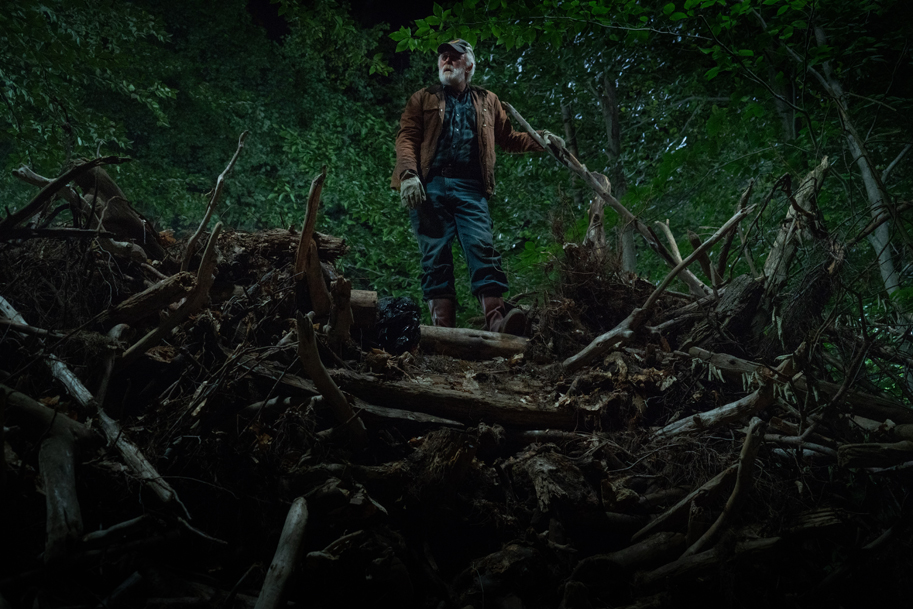
The directors call “Sound,” then “Action,” and Lithgow becomes Jud. Jud Crandall is measured, thoughtful, and rubs his wrist to convey some sense of sadness, which reminds him of his own history. Jud and Louis pop open beers, and talk about country life, and family, before a truck hurtles down the road beyond. Jud: “Enjoying the country life, Doc?” Jud asks. Louis: “You know what, Jud, I think I am,” as he opens another can. Jud: “Goddamn OINCO truck drivers use this road as a shortcut, blasting through all hours … best to keep an eye on that cat. Save that sweet girl of yours another trip to the cemetery.”
The scene is unhurried. It's a quiet expository moment between the older widower, and the young father. Jud talks about how he and his wife Norma never got around to having kids, and “wanted ourselves for ourselves.” Louis says he’s surprised by that because Jud strikes him as a father type – but not the type of his father-in-law, who never thought he was good enough for his daughter. Louis talks about his own father not being in the picture, and Jud comforts him, assuring the doctor he is doing a good job as a dad. The conversation moves on to Louis’ wife Rachel, and an incident at dinner involving the topic of death. After Louis decides to head back to his home, the expression on Jud’s face shifts, just slightly, suggesting something deeper within the character. “[Jud] is a nice approachable guy, but has a darkness to him in this movie,” said Widmyer. “He has secrets secrets, he knows things that he doesn't fully tell the family.”
For Lithgow, he said he has enjoyed unpacking the mystery of his character from the beginning of the movie to the end. “And I certainly love a good end — well, Judd has a bad end but, it's a very, very dramatic end.” The dramatic end begins when Louis Creed chooses to bury his child in the deadfall beyond the Pet Sematary, grounds that Native Americans knew to be cursed. When the child returns, she isn’t the same – and doesn’t appear to have returned alone. Built in a clearing in a real wooded area – near an actual pet cemetery — the burial ground set is stunning.
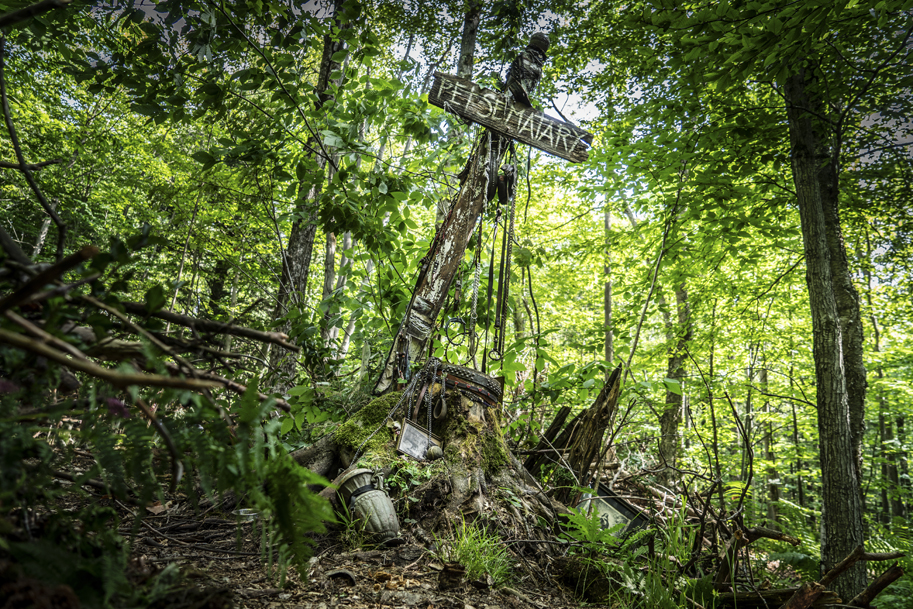 It spans time and feels as if children constructed it by hand, spotted with endless tributes to fallen pets and decorated with mementos such as leashes, tags, rosaries, tennis balls, hamster cages, and photos. Here is the marker for Wrigley, adorned with a teddy bear. There is another for Biffer, a “helluva sniffer.” Rex, Baxter, Corkie, Raven, Sonny, Smuckey “the obedient cat,” Trixie “kilt on the highway” are each honored. So is Crapper, “my best friend, a good dog but kept shitting in the den.” Gorgeously haunting and imbued with sadness, this is a believable set. It is organic, but sinister. And the entrance to the deadfall looks like the doorway to hell, formed by dead tree limbs and gnarled branches that evoke a gaping maw – as if the cursed land is going to swallow one whole. It’s creepy, foreboding and perfect.
It spans time and feels as if children constructed it by hand, spotted with endless tributes to fallen pets and decorated with mementos such as leashes, tags, rosaries, tennis balls, hamster cages, and photos. Here is the marker for Wrigley, adorned with a teddy bear. There is another for Biffer, a “helluva sniffer.” Rex, Baxter, Corkie, Raven, Sonny, Smuckey “the obedient cat,” Trixie “kilt on the highway” are each honored. So is Crapper, “my best friend, a good dog but kept shitting in the den.” Gorgeously haunting and imbued with sadness, this is a believable set. It is organic, but sinister. And the entrance to the deadfall looks like the doorway to hell, formed by dead tree limbs and gnarled branches that evoke a gaping maw – as if the cursed land is going to swallow one whole. It’s creepy, foreboding and perfect.
And when the normal dad is impacted personally by the death of his child, this man of medicine can’t handle it. “She's the first one to actually be able to confront death before Lewis can,” said Seimetz about her character Rachel. “She's the one that makes the decision like, ‘OK, we're going to face this, we lost our battle, we can do this together,’ but he's moved in the other direction; he thought that he was the one that could face death, because he's a doctor.” “
There's the medicine thing and the fact that he doesn't believe in afterlife,” added Clarke. “But the other side of it is that idea of playing God — surgeons, and saving lives, and that whole thing of the hands of God.”
“That almost becomes a trap for him, and here he is, up there: Burying his kid.” And when his kid returns, the Creed family must confront whether some things should be left buried. And if, sometimes, dead is better.


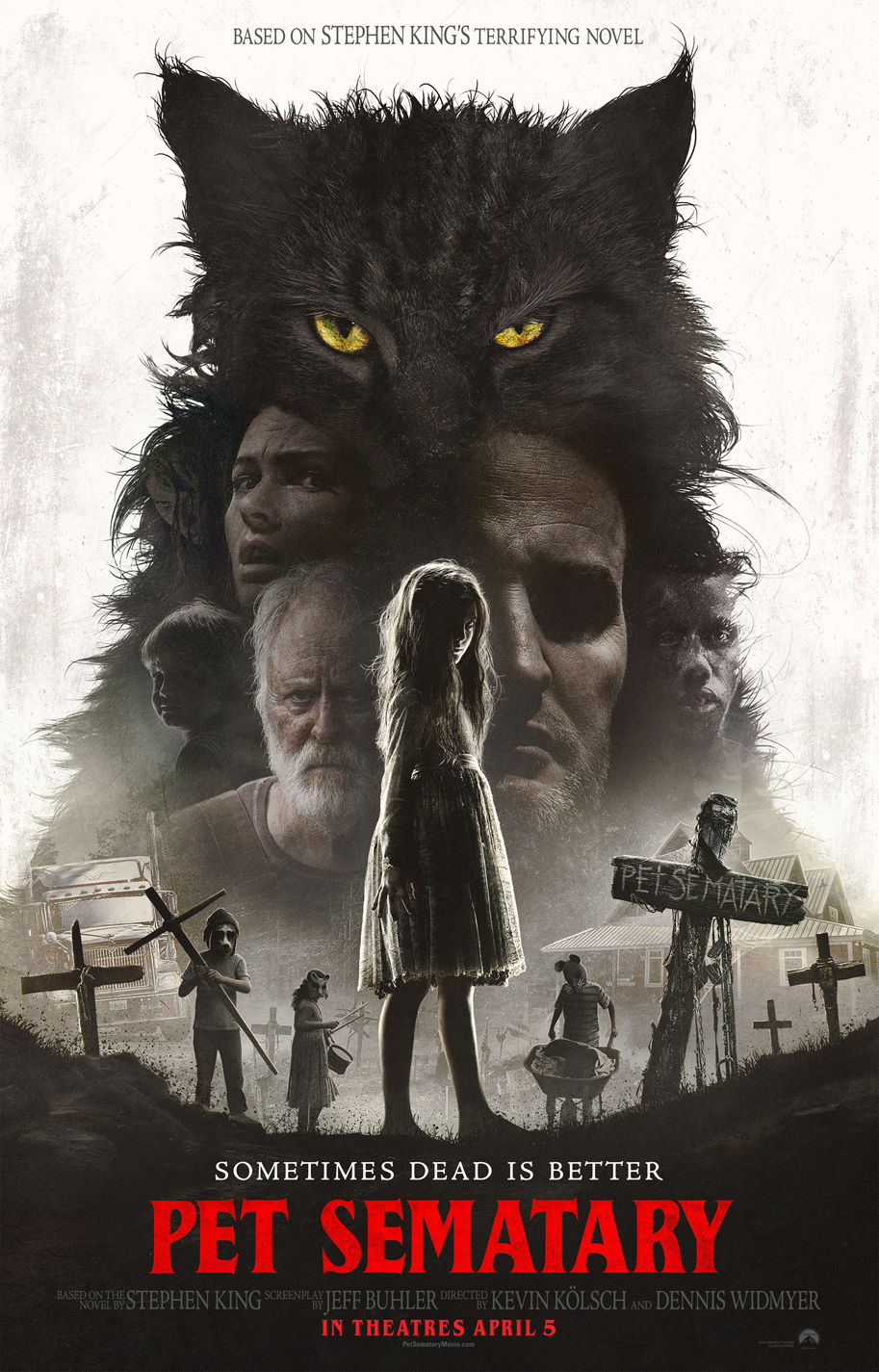




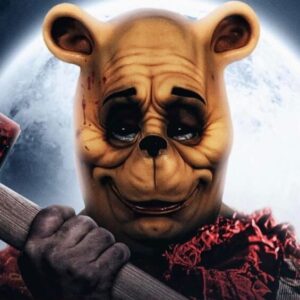
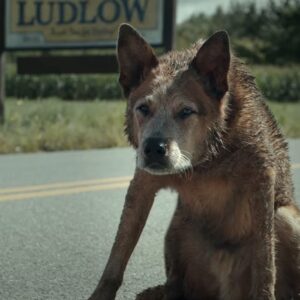
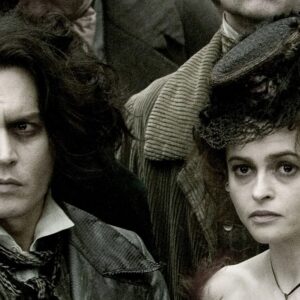


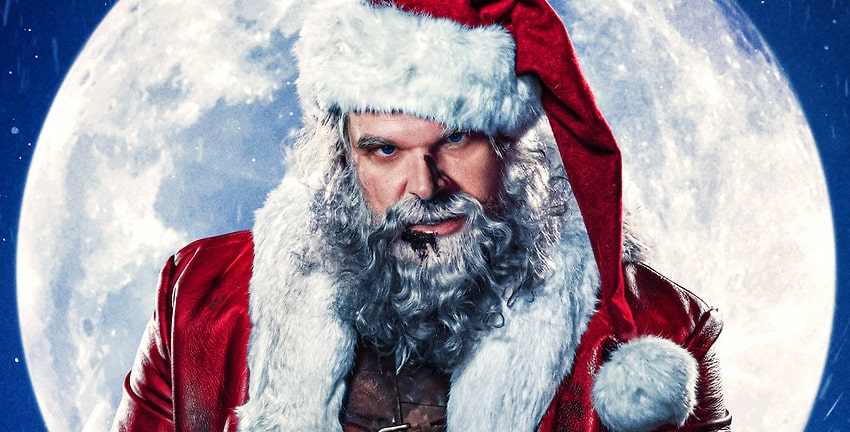

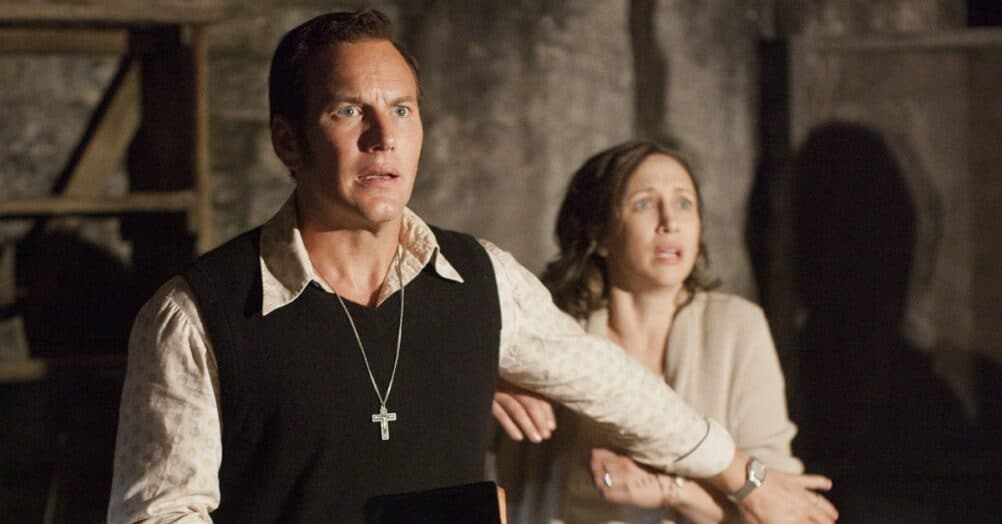





Follow the JOBLO MOVIE NETWORK
Follow us on YOUTUBE
Follow ARROW IN THE HEAD
Follow AITH on YOUTUBE